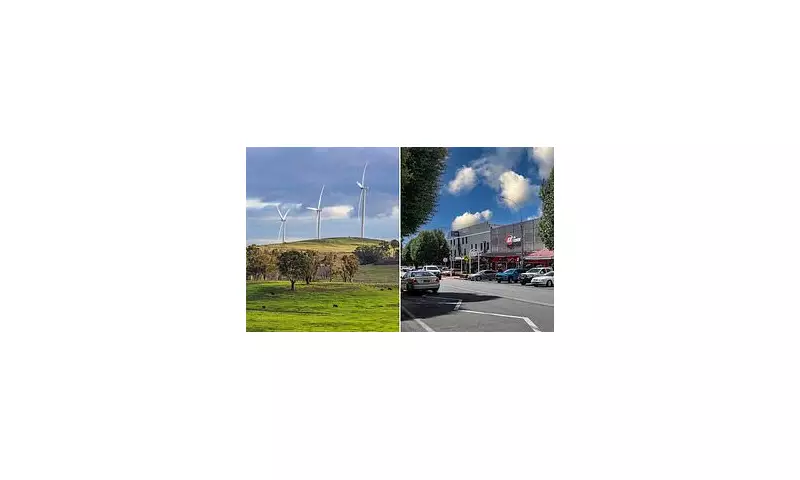
A flagship renewable energy project has been caught in a stunning greenwashing scandal after it was revealed its towering wind turbines were effectively powered by dirty diesel generators for days on end.
An investigation into the Crookwell 2 wind farm in New South Wales has uncovered that during periods of calm weather, the site fired up its on-site diesel generators for a total of 85 hours. The purpose? To provide the necessary electricity to keep the turbines' own critical systems—like hydraulics, cooling, and heating—operational when they couldn't generate power from the wind.
The Ironic Power Drain of Idle Turbines
This paradoxical situation highlights a little-discussed flaw in renewable energy infrastructure: wind turbines consume a significant amount of power even when dormant. This 'parasitic load' requires a constant electricity supply, which the farm is contractually obliged to source from the grid.
However, when the entire local grid was shut down for essential maintenance by network operator Essential Energy, the wind farm was left with a critical decision. Rather than shut down completely, it chose to burn diesel to create the power it needed to simply stay awake.
Locals Fume Over 'Environmental Vandalism'
The discovery has ignited fury among local residents and climate campaigners who branded the practice "environmental vandalism" and a "complete betrayal" of green energy principles. The sight and smell of diesel exhaust pouring from the clean energy site has been described as profoundly ironic and deeply disappointing.
"This is the biggest con I’ve ever seen," one local opponent stated. "We have these turbines sold to us as the future, and then they’re burning diesel to keep them going. It makes an absolute mockery of the whole project."
Operator and Regulator Respond
Global Power Generation, the operator of the farm, defended the move as a standard and necessary procedure to protect their multi-million dollar equipment from damage. They stated that the diesel generators were a last resort to ensure the turbines could restart safely once the wind returned and grid connection was restored.
The incident has sparked a formal review by the Australian Energy Market Operator (AEMO), which admitted it was unaware of the practice. The revelation raises serious questions about the hidden carbon footprint of renewable energy sites and the transparency of their operations.





